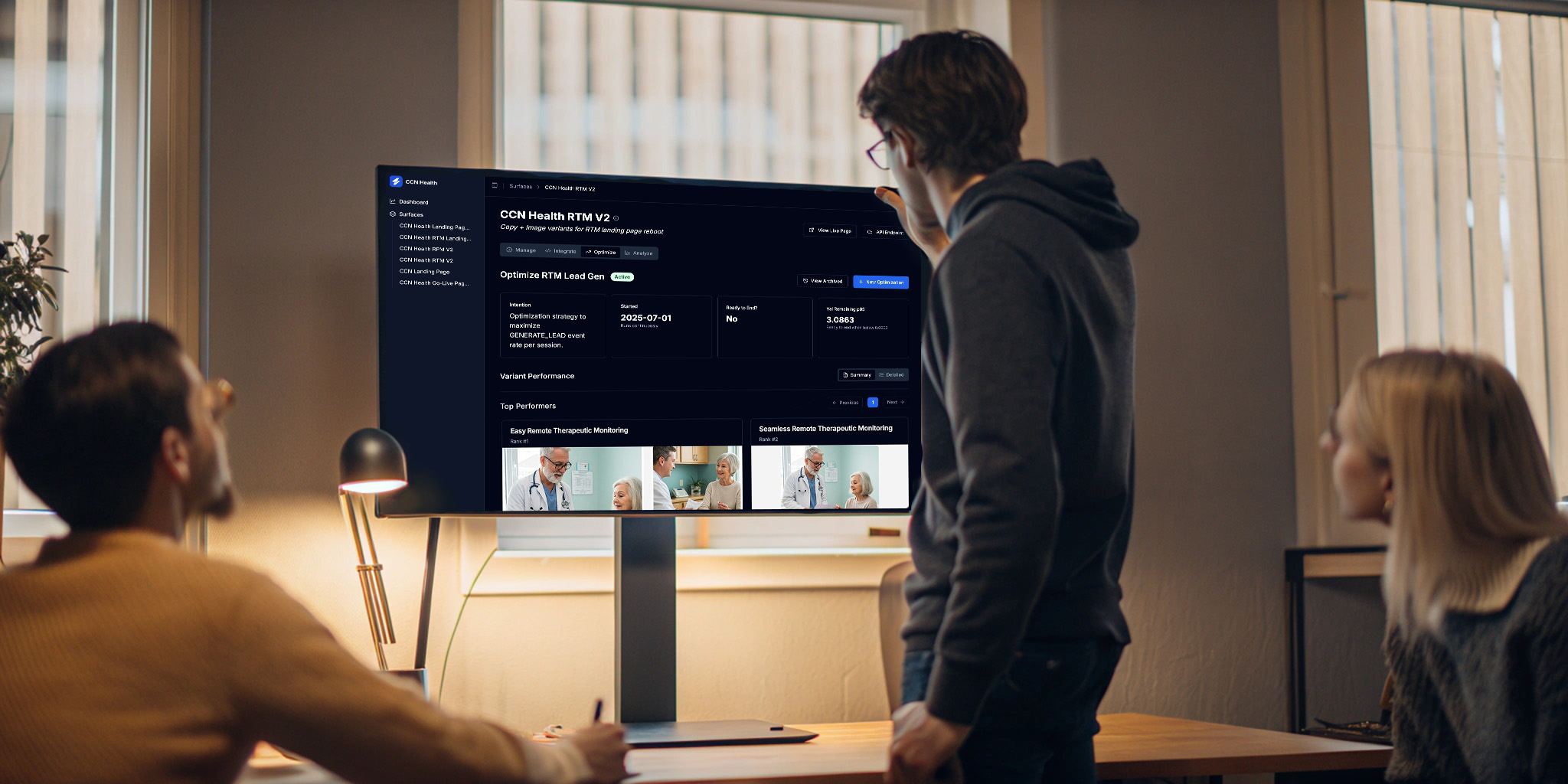Growth Teams Need Speed — But Testing Slows Them Down
Growth teams are used to walking a tightrope built from the constant feedback loop between creativity and data. They’re expected to launch experiments fast, learn from results, and scale what works, without overloading engineering or analytics.
Traditional testing frameworks slow this process down. Setting up experiments, creating variants, and waiting weeks for significance all create friction, and we’ve all sat through the test analysis meetings where someone, regardless of what the data says, refuses to let their concepts go.
Reorient Your Roadmap Around Continuous Learning
Old-school testing is linear: plan → launch → wait (2 weeks or more!) → analyze → repeat. 🥱Since you can now create a website with a prompt, the timeline of this workflow feels like a creaky old amusement park ride – it takes forever to get to the good part, and no one is having any fun.
Modern teams are replacing this with continuous experimentation. These systems learn and adapt automatically so your users get the best experience much quicker, and you can move on to launching more new features and products.
Approaches like multivariate bandit testing and real-time personalization let every variant feed back into performance dynamically. Instead of waiting for results, teams learn as traffic flows.
In a recent example, a healthcare brand working with Surface implemented our model across their marketing funnel and saw a 2x uplift in conversion, achieved simply by speeding up learning loops and routing traffic dynamically.
Why Continuous Experimentation Works
- Faster Iteration: Non-technical staff can launch more variants in parallel; insights emerge in hours, not weeks.
- Less Time Focused on Decision-Making: Data reflects real user behavior, not static test snapshots. You can let your testing run continuously, shutting off what’s clearly not working and adding new ideas spontaneously.
- Cross-Team Alignment: PMs, marketers, and engineers all access the same live feedback. If copy is working on a landing page, it can quickly be exported into performance marketing or other assets to maximize its impact.
The best growth teams today don’t just run tests — they build self-learning systems that make testing a continuous, low-friction part of growth. These systems can be difficult to build bespoke for lean teams, which is why Surface is offering everything you need to launch an autonomous, self-learning testing system without all the overhead.
Try surface today




.jpg)

